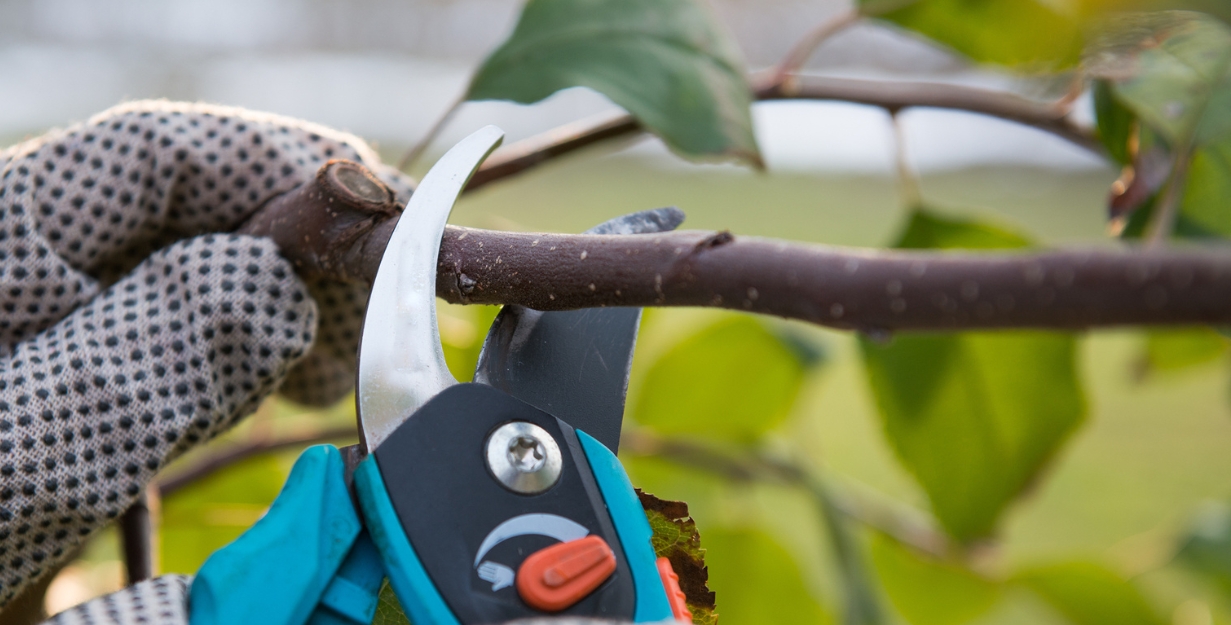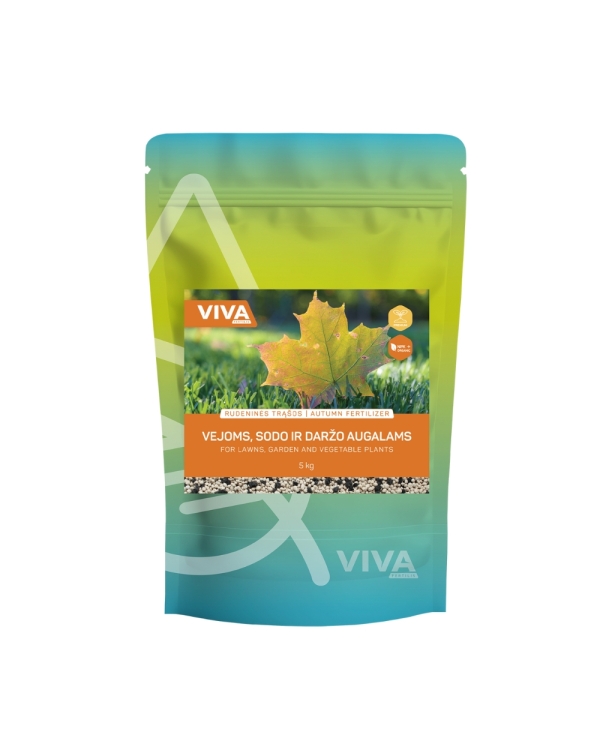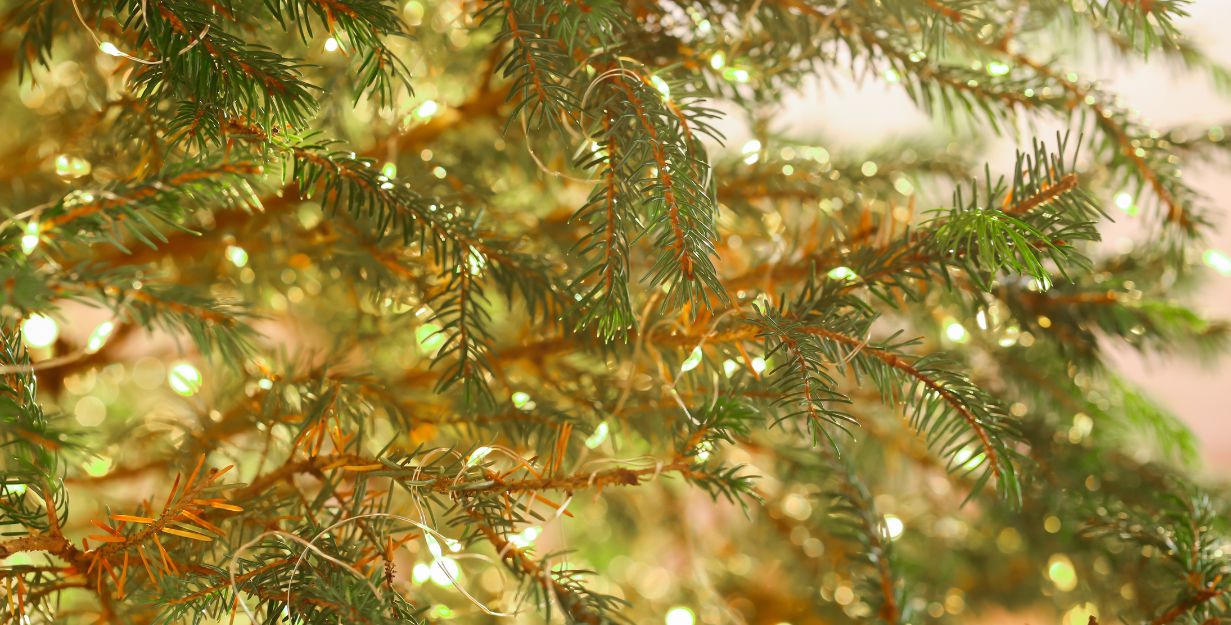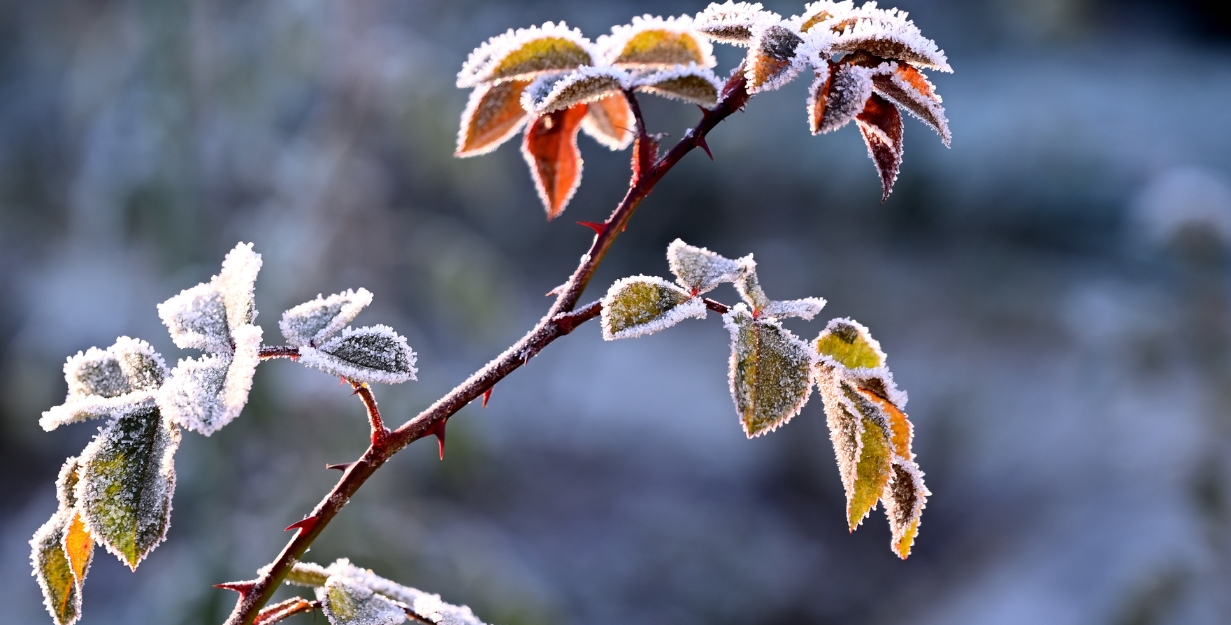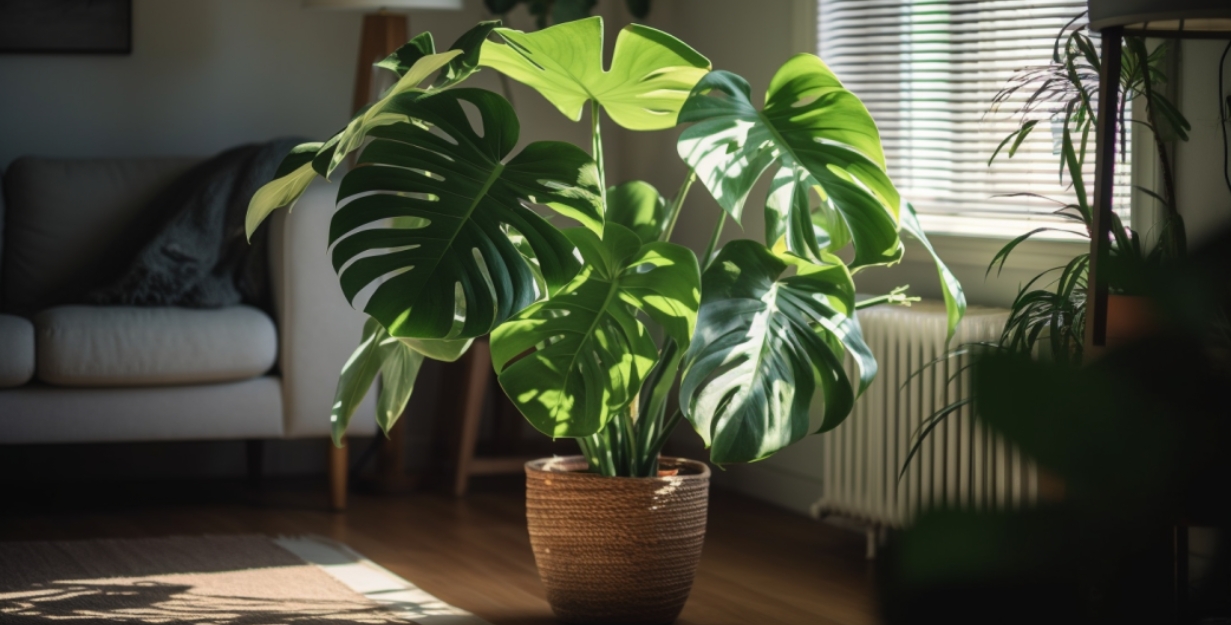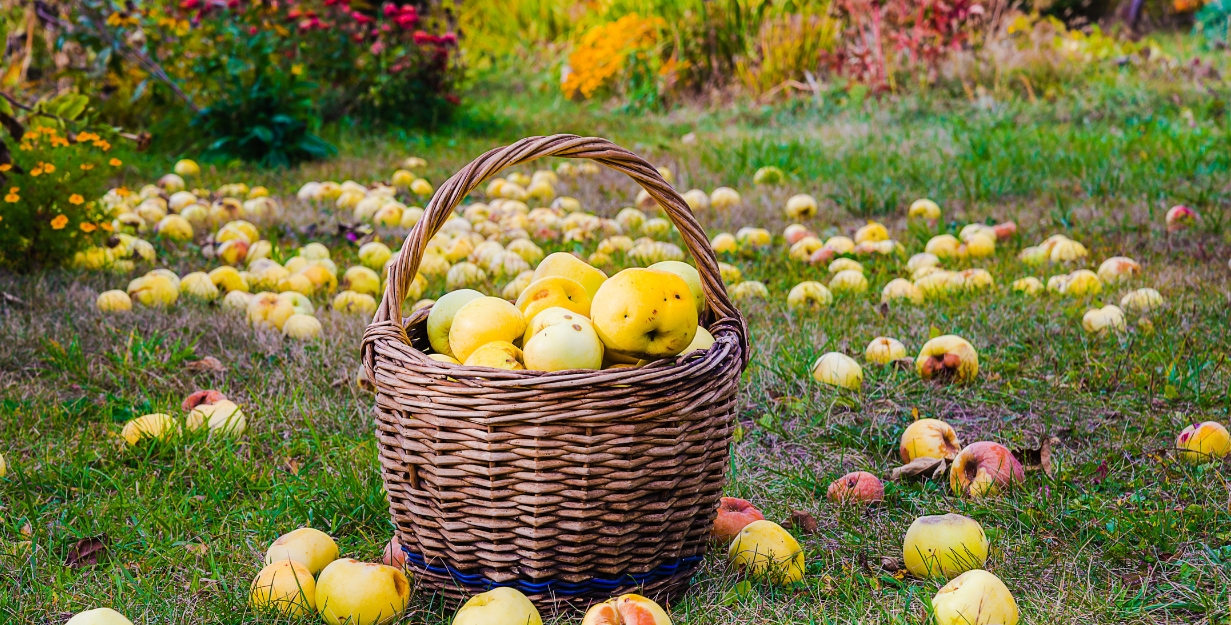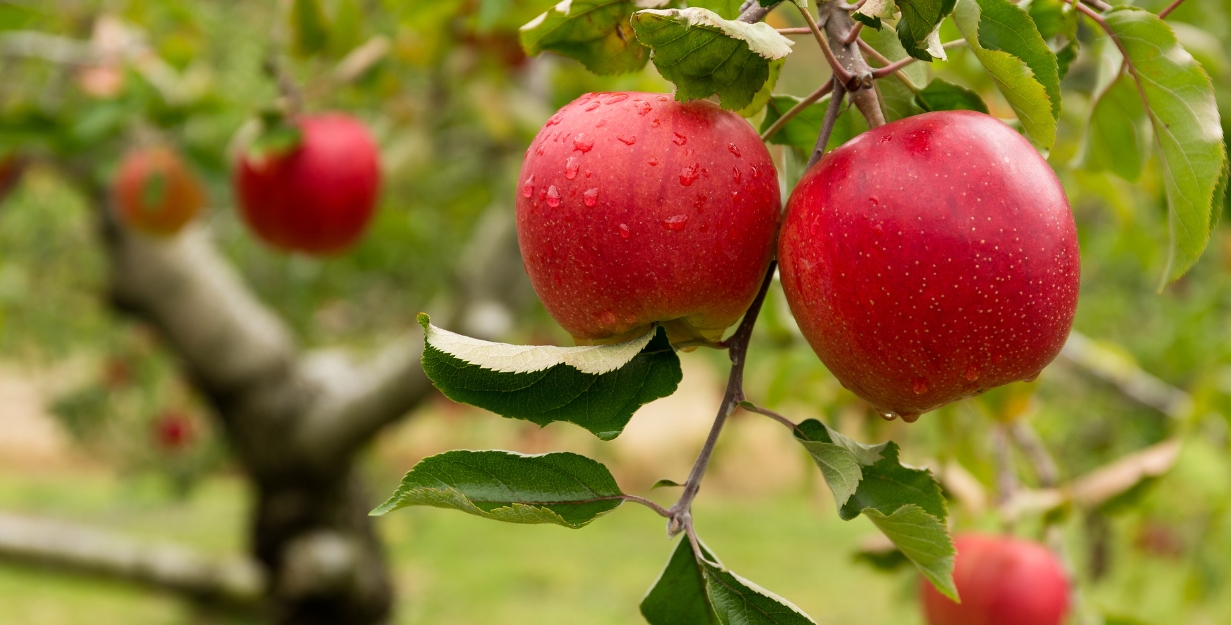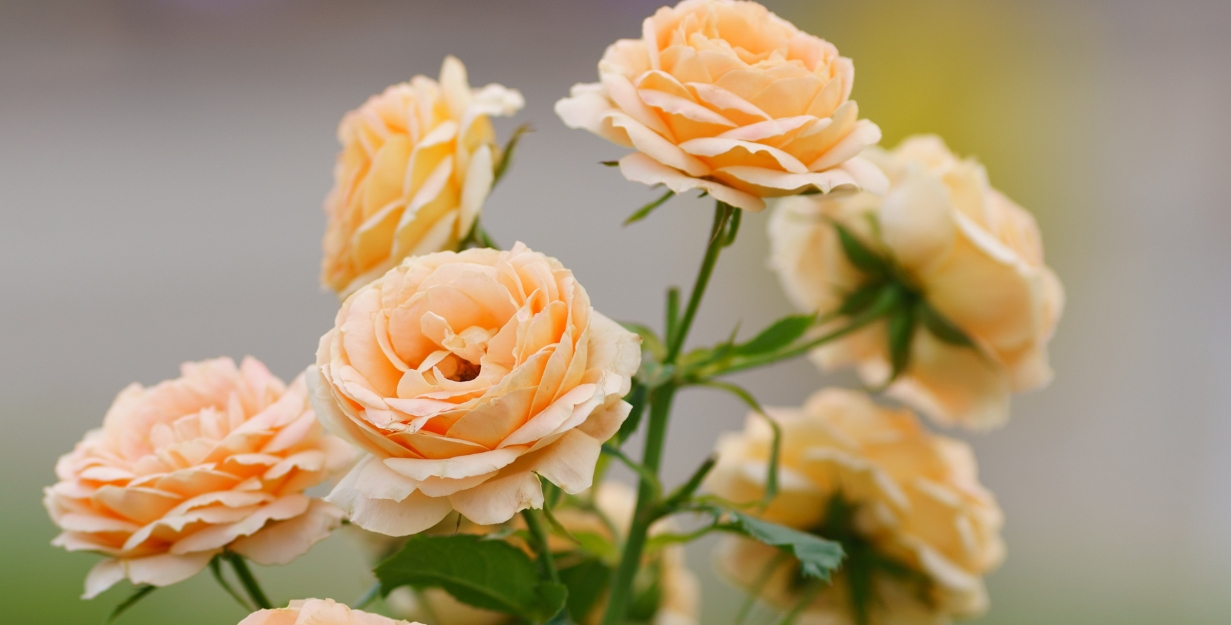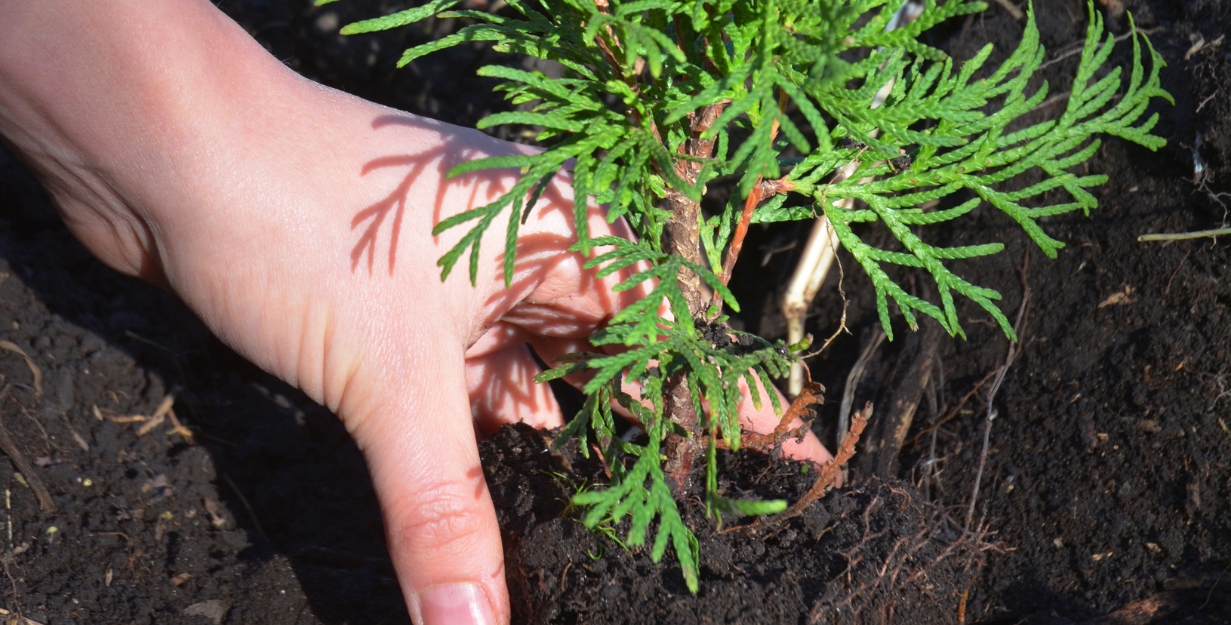- Home
- Uncategorized
- Autumn Tree Pruning: What Gardeners Need to Know
Autumn Tree Pruning: What Gardeners Need to Know
Autumn is one of the most important times of the year in the garden. Once the leaves have fallen and plants enter dormancy, gardeners can properly assess the condition of trees and shrubs and carry out pruning. Choosing the right timing and technique helps plants maintain a healthy structure, prevents diseases, and ensures a more abundant harvest in the coming season.
Which plants should be pruned in autumn?
-
Apple and pear trees – can be pruned in late autumn, when sap circulation slows down. Remove damaged, crossing, or overly dense branches.
-
Ornamental deciduous shrubs (lilacs, viburnum, privet, etc.) – can be pruned to shape the crown or remove old branches.
-
Hedges – trimmed in late autumn to maintain a neat shape over winter.
Which plants should be left until spring?
-
Plums, cherries, and other stone fruits (apricots, peaches, sweet cherries) – these trees are sensitive to frost and infections, and their wounds heal poorly in winter. They are best pruned in early spring.
-
Raspberries, blackberries, and other berry shrubs – usually pruned in spring, when it becomes clear which canes have survived the winter and which are damaged.
-
Conifers – pruned in spring or summer, when wounds close faster.
Key tips for autumn pruning
-
Prune only healthy, mature plants. Young trees are more sensitive to cold, so pruning them in spring is safer.
-
Use clean and sharp tools. This reduces wound size and infection risk.
-
Remove dry, diseased, or inward-growing branches. They block air circulation and weaken the plant.
-
Do not leave large wounds unprotected. Exposed wood becomes a gateway for pathogens and accelerates moisture loss.
Wound protection after pruning – essential
Pruning is a stressful process for plants, so it is especially important to protect fresh wounds. This is where PROTECTOR 4TREE comes in – a pruning spray designed for trees, shrubs, and even bonsai:
-
Forms an elastic protective layer that prevents drying, cracking, and harmful environmental effects.
-
Effectively reduces sap loss and helps wounds heal faster.
-
The brown color naturally blends with the bark, preserving the garden’s aesthetic.
-
Easy to apply even in hard-to-reach areas – the spray covers both dry and damp surfaces evenly.
Conclusion
Autumn pruning is a careful task that directly affects plant health and productivity. Apple and pear trees, as well as ornamental shrubs, can be pruned in autumn, while more sensitive stone fruits, berry bushes, and conifers should be left for spring. After pruning, it is essential to protect wounds – the convenient PROTECTOR 4TREE spray will help keep trees healthy and well-protected throughout the winter.
our top products
#vivafertis
in our blog
in our blog


